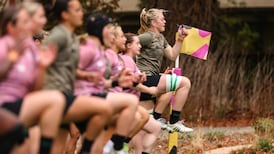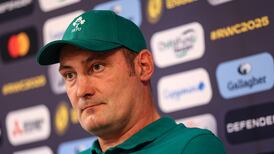After the win over Scotland the fans remained behind in Stade de France. Their job was complete, although they didn’t see it like that. The mood was one of faithful observance, a blend of relief, joy and pride as they kept belting out three words, “in your head…in your head…in your head.”
Ireland had taken hold of the pool. As they had done in three previous matches, the fans were adding the Cranberries soundtrack and where it came from and why the haunting Zombie nobody cared. It fitted.
They were in everyone’s head, in the players’ heads, the media’s head, the organisers’ head and maybe too in New Zealand’s head. They may give an alternative impression, but All Blacks heads occupy this world. They are not immune.
With it there was a delineation established in St Denis. Ireland had their supporters, the All Blacks their haka. Both will be active participants. Both are pieces of drama that will compete as Ireland face New Zealand on Saturday in Paris. Each will have influence.
READ MORE
As a motivational tool the All Blacks have used the haka for years as an energy-giver. Now the power of Irish fans, since the team stepped out for their first match in Bordeaux, has muscled its way into the narrative of this Rugby World Cup. It is a living, moving piece of the Irish journey and to the organisers and cities in which Ireland have played has had a spellbinding effect.
Over the decades Ireland sought ways of respectfully depowering a haka that propels New Zealand players into the start of games at fever pitch. Teams have stood impassively with interlocked arms. They have watched from a distance and from close. They have boldly marched down the pitch closing the ground between them.
In a famous confrontation that took place in 1989 Irish players inched forward towards Buck Shelford’s team haka in Dublin, captain Willie Anderson creating headlines around the rugby world when he led the V-shaped chain of bodies on an advance over the halfway line, finishing nose to nose.
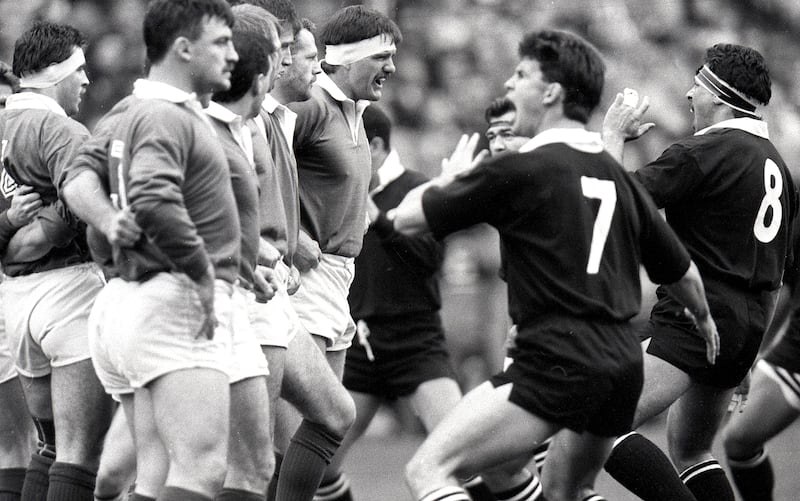
How to handle the haka was a preoccupation of then Irish coach Jimmy Davidson. In an impact game like rugby Davidson understood its value to the team, the edge it gave them and the sense of unity and power it imparted. An intelligent man, he knew when they went through the ritual it was transformational.
Former All Black coach Steve Hansen also knew about external influences. Four years ago, after New Zealand beat Ireland in the quarter-finals of the 2019 World Cup, Hansen sat with his captain Kieran Read. Both talked about how their side beat the Joe Schmidt-led Ireland after a whirlwind start.
With 75 first-half tackles from New Zealand, Ireland’s first points of the match came in the 69th minute with a Robbie Henshaw try. Ireland were beaten before half time. “That first half probably set up the game, didn’t it. We put plenty of pressure on the Irish. We knew they were a strong, forward-headed team that could attack as well. We nullified what they could bring early,” said All Black captain Kieran Read.
When Hansen was asked how important New Zealand’s start was in terms of killing the Irish spirit, he was more specific than his captain. Hansen spoke about what he saw as an Irish threat. Silencing the Irish fans, cutting off that energy source was an All Black team imperative.
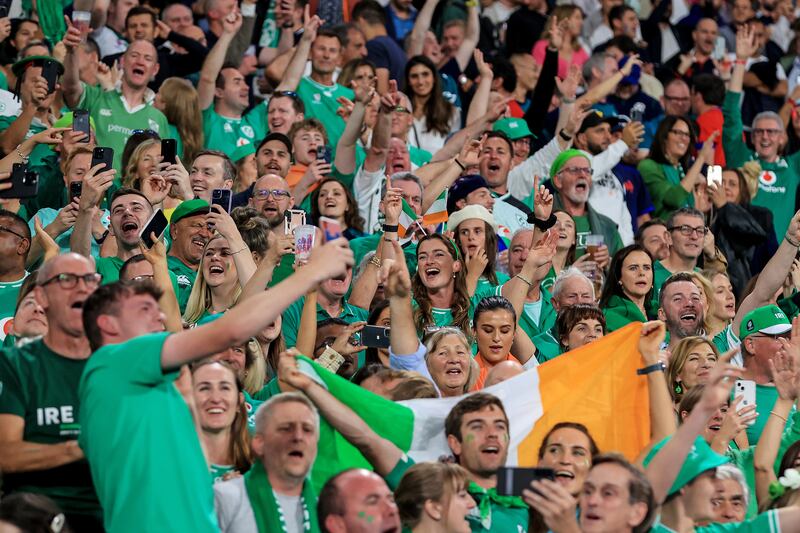
“Well again, the Irish are some of the best travellers in the world, aren’t they,” said Hansen. “They’ll go anywhere for a party and they enjoy it. They’ve got their songs and they’ve got their way of doing things. So, very, very important installing a home match feeling. Kiwis are quieter. We don’t mind a party but we’re not quite as boisterous.
“I think it’s no different from when you’re playing in Dublin. If you can do things right, then you can control the crowd. Then, if you let them in, the crowd becomes part of the problem. So, we started very well. People were sitting in their seats saying, ‘wow what’s going to happen here,’ rather than singing and carrying on.”
According to the organisers, approximately 20 per cent of Saturday night’s quarter-final tickets (about 16,000) have been sold in Ireland. That is equal to the number of tickets sold in the UK, which includes the ticket sales in Northern Ireland.
Given that Wales are playing Argentina in Marseille on Saturday, England are playing in Fiji in the same stadium on Sunday and Scotland have gone home, they are certain that many of the UK ticket sales are in Irish hands and expect as many as 30,000 supporters wearing green.
What bearing that will have is inestimable. Players say they both block the noise out and they hear it. The two can be true. With the gladiatorial entrance and the crowd’s reaction with the first wall of noise, the choreography never changes. The national anthems count down the seconds before the tracksuits are discarded. It is all absorbed, up to the gameface for the haka and the match beginning.
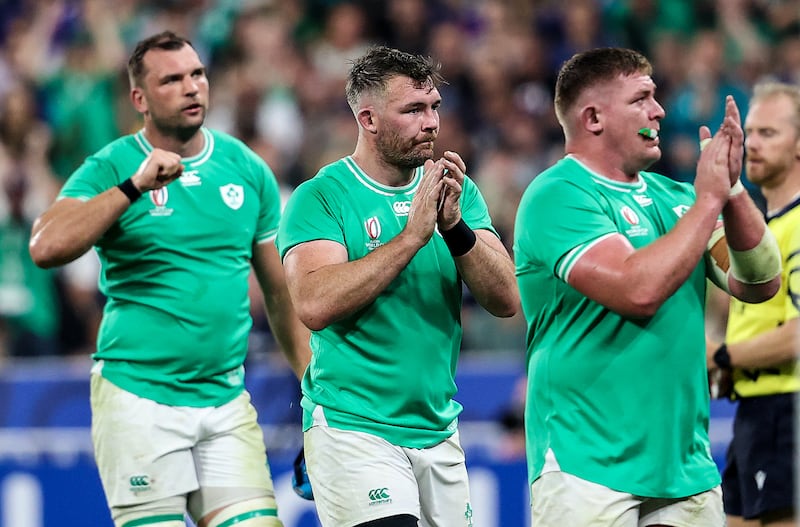
Andy Farrell understands exactly how the zeal and the fealty of the fans affects the mood of his team and while he may not have heard Hansen’s triumphant words of four years ago about New Zealand’s desire “to control the crowd”, he will have poured over Schmidt’s last World Cup match with Ireland.
“We got a bit of stick, didn’t we, for walking around against South Africa,” said Farrell after beating Scotland. “But we walk round and thank the fans after every game. It’s the least we can do when they turn up in their thousands like they’ve done. We play for them. We talk about it every week. I talked about it before the game today in the dressingroom.
“It means more than what people think, 100 per cent. I know that France is buzzing with Irish people. We know when we turn up for training on Monday that we’re not just doing it for ourselves. That’s living, isn’t it?”
The crowd will return to Stade de France on Saturday night. They will return to The Cranberries. With passionate optimism and a World Cup semi-final at stake, it will be no different from before. But the Irish fans will not come as cheerleaders. They will come as “part of the problem”.





